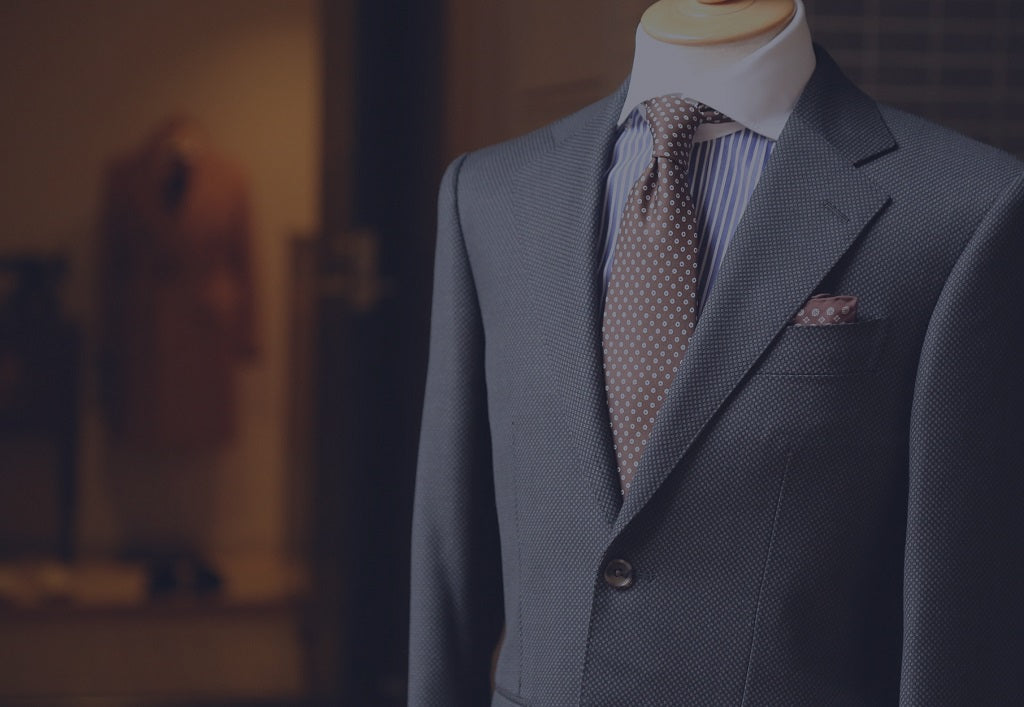Italian tailors have always been known for being good craftsmen and tailors. No wonder Italian brands are flocked with customers for their suits.
A suit is a man’s best friend for that high power meeting. A top executive can’t go inside the meeting looking like a drab. He has to look sharp and confident. Hence, wearing a suit adds to his professionalism and charisma.
A handmade suit can give you a functional and aesthetic vibe for the fitting in one’s body will be different from anything ready-to-wear. It creates a finess and structure that is perfect and designed only for the wearer. The tailor can shape the jacket, stitch the sleeves and create a three-dimensional shape for only the wearer.
Some of the well-known brands that offer these handmade suits are Bespoke, Brioni, Tom Ford, Kiton and Atollini.
One of these brands that offers high-quality and handmade suits is Sartoria Dei Duchi. Inspired by the House of Acquaviva, the brand offers fine and elegant suits for every man.
To understand the process of creating a good hand made suit, a skilled Italian tailor shares with us the process of creating the well-known Italian suit.
How do You Create a Handmade Suit?
Choose the Garment
The first step is deciding on what the desired garment should look like. I would often find a garment that is based on the client’s taste and preference. I will consider all the details such as the cut, fabric, structure of the garment, etc. Most men would choose a suit, but they can choose just a single jacket, overcoat or a pair of pants.
Consultation
After identifying the garment, I will come up with the kind of suit design my client would want. It is up to the client what kind of suit he would want. They can browse the selection or they can consult the tailor’s opinion as to other options.
Each features of each design shall also be discussed to get to know what makes each of them special. The fabrics for the suit shall also be decided at this point.
The client can freely ask any questions about the design, fabric and materials to be used. If there are details that they would particularly want to include, they may freely share.
As for the style of the suit, men like the sartorial elegance of an Italian design. I will work closely with the client to get the style they want.
It is important that at this stage, that they clearly communicate what they want. The more information they share, the better.
Measurements
After the consultation and briefing, it will be followed by taking the measurements of the client. A clients’ patience is needed at this stage because it takes around 30 measurements to get the most ideal fit. Another re-measure shall be done for a few more times to ensure it is the right fit.
For customized handmade suits, tailors are quiet stringent in taking clients’ measurements. It can be seen through the different postures they have to hold. This ensures that the suit will be comfortable for the client, but still look good and sharp.
Taking notes is vital at this stage. There may be instances that the tailors may take photos to not miss valuable information and designs to be incorporated into the suit.
First Fitting
The first fitting is called the basted fitting. The baste fitting shall be about four weeks after the client have placed their order. The first fitting is actually meant for the tailor and not for the customer. Nevertheless, it gives the tailor and customer a chance to see the development of the suit and alterations needed.
The first fitting is when the client wears the skeleton of suit. The pockets are not cut in the suit yet and there are lines from the tailor’s chalk. The buttonholes are not yet made and the sleeves may still be missing.
English tailors would include the sleeves for the first fitting, but Continental European tailors do not include the sleeves. The tailor shall take more notes at this stage to achieve the perfect suit designed for the client.
In this stage, the client shall be able to see the garment despite in its rough stage. It will allow them to think if the tailor can deliver what they want.
At this point, the pants are made with linen waistband. It will soon be replaced by the chose cloth after the fitting. Furthermore, it doesn’t have buttons at this point yet.
Last Fitting
After the first fitting, I will improve the cut and make necessary changes such changing the width of the shoulder or tightening the waistline. Pockets will now be cut, the lining will be added, and the trousers will be finished for the final fitting.
Finishing the suit is very time consuming because price stitching is required at this stage. All button holes and lining shall be hand sewn. It also includes the final pressing of the suit.
For the final fitting, the client will get to see the final product and try it on. This is usually the last stage, but to give the best quality and fit for the suit, you can deliver additional alterations. This will guarantee the client to have the best fit suit for them.
Delivering
After the final fitting and alterations, the suit will be boxed and delivered.



